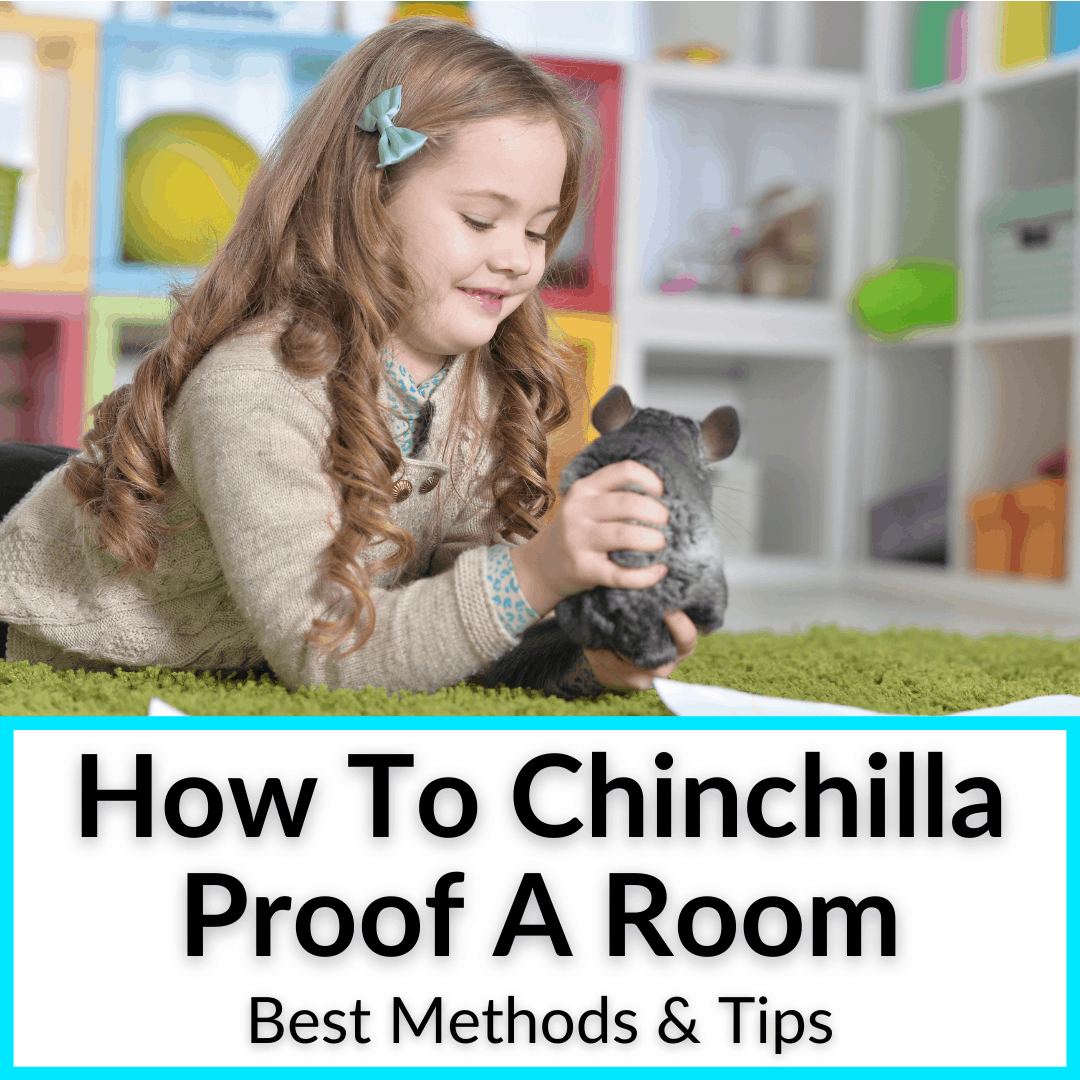
Maybe not for you, but definitely for a tiny little chinchilla.
Not a problem, you say, as long as you keep your chin in its cage.
But you can’t do that.
Time outside the cage to interact and socialize with you is vital. Without it, your chinchilla will suffer.
So you need to make sure you set up a safe location in your home where your pet can roam free.
Luckily, it’s not hard to do.
Keep reading to learn how to chinchilla proof a room without a lot of effort.
Contents
- 1 How To Chinchilla Proof A Room
- 1.1 Why You Need To Chinchilla Proof A Room
- 1.2 Block Potential Escapes
- 1.3 Cover Electrical Outlets And Cords
- 1.4 Protect Other Chewable Items
- 1.5 A Room With Hard Floors Is Best
- 1.6 Keep Other Animals Away
- 1.7 Understand Hiding Spots, Holes And Furniture
- 1.8 Correct Room Temperature Is Vital
- 1.9 Remove All Household Cleaners Or Other Dangerous Items
- 1.10 Always Keep Chinchillas Indoors
- 1.11 Consider A Playpen In Lieu Of Chinchilla Proofing
- 1.12 Playtime Does Not Mean You Should Skimp On The Cage
- 2 Chinchilla Proofing A Room: Final Thoughts
How To Chinchilla Proof A Room
Below, I have created a quick list of everything you need to do to proof a room for your chinchilla.
I also have gone into great detail on each item that needs to be completed during the chinchilla room proofing process.
This ensures you understand your options, as well as the reasons behind the need to do certain things to protect your chinchilla in the room you choose.
Why You Need To Chinchilla Proof A Room
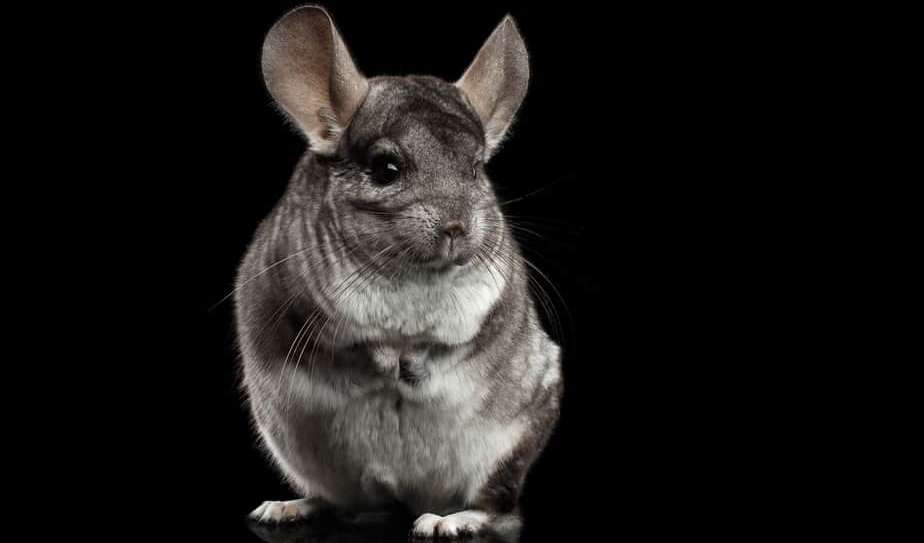
For the new chinchilla owners out there, this may all be new to you, and you may be curious about what chinchilla proofing entails and why it is necessary in the first place.
Here is the deal.
Chinchillas are very agile and have a unique ability to climb. They can also jump well and find their way into tight spots.
The problem is that sometimes, they will find themselves in dangerous situations due to their inability to sweat and the fact that they overheat quickly.
It is also noteworthy to mention that they are significant chewers. If they get into an area that they should not, and start chewing on something dangerous, like a power cord, it can become deadly.
They are curious rodents and do not recognize what is going to cause them harm.
Hence, the need to chinchilla proof a room where your chinchilla interacts, and to understand how to chinchilla a proof room correctly.
This is ultimately going to allow you to provide the best care for your chinchilla and keep it safe.
Let’s start diving into some of the situations that will come up when chinchilla proofing your room of choice and ensure we cover all angles of the job.
Before that, here is a quick video I put together about chinchilla proofing a room the correct way, for anyone who prefers to watch a video.
Block Potential Escapes
I would rank blocking potential escapes as one of the top concerns you need to eliminate when chinchilla proofing a room.
The reason is simple.
Once they escape or gain access to a part of the home that you were not planning for, you can find yourself in quite the pickle.
Trust me, I have been there, and it was not fun, to say the least.
First, finding them can be a real pain after they get to an unexpected area.
This can also turn dangerous because you are not exactly sure what they are getting into, or if they are able to stay cool in that location and not overheat.
Luckily, my chinchilla only got out of a small area in the basement, but was still limited to the basement at large, which eliminated some of my search zones.
However, think of basements all over the world, and you will begin to understand the concerns.
You have older homes with sump pumps exposed, hot furnaces, and sometimes dark areas that will make it very tough to locate your chinchilla.
Therefore, it is best to limit the space for your chinchilla when it is out and about to a single room where you understand, and can control, the dangers.
It is the best way to chinchilla proof a room and is going to make you be much more at ease when you have your pet out to play and interact.
So, remember, block all potential escapes when chinchilla proofing your room of choice.
Cover Electrical Outlets And Cords
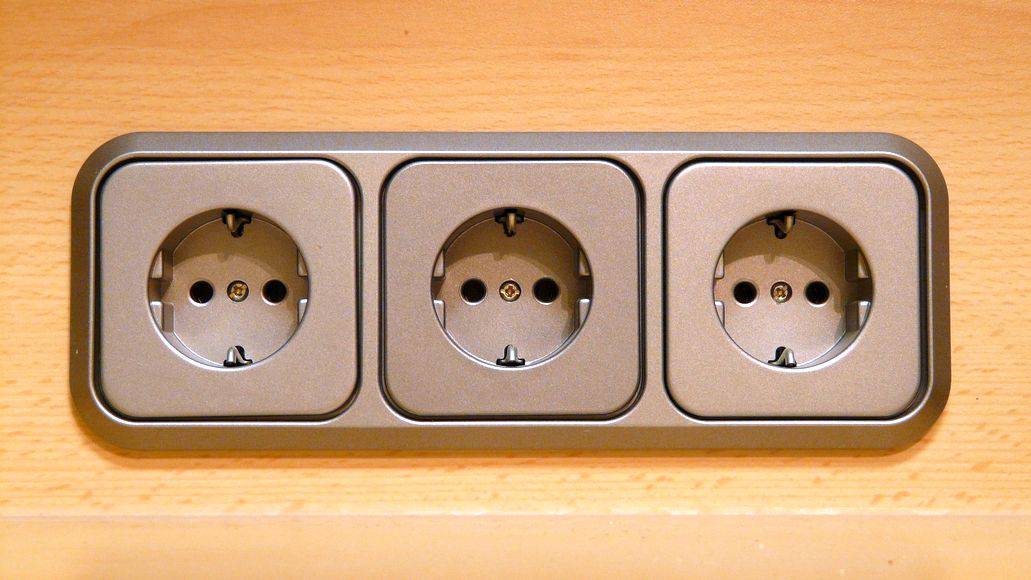
Next, we need to ensure that we limit the number of cords present in the room to only ones that are absolutely necessary. And those cords need to be covered completely.
Chinchillas are known to chew exposed wires, which can prove deadly if it is not taken care of.
I recommend purchasing the thicker cord covers like these:
You can simply cut them to fit and Velcro around all your cords. It is the current set up I use, due to my home office being in the same room as my chinchilla.
Protect Other Chewable Items
Chinchillas are also known to chew trim and other fixings around the room such as furniture legs, sides of a table, and anything else they can get their teeth around.
These need to be protected as well, to ensure your chinchilla is NOT ingesting any foreign substances or potentially choking on splintered wood or paint chips.
You also need to make sure no paint can get on your chinchilla’s fur, since it will likely try to lick it off. If there is any chance of this, make sure you know what to do if you get paint on your chinchilla.
You can use protective coverings if you choose. Or you can block off the outer walls and any other items they may be able to chew.
You could also consider a playpen for your chinchilla, which we will discuss in more depth shortly. This was the solution I used for a long time, before I got around to proofing my room.
A Room With Hard Floors Is Best
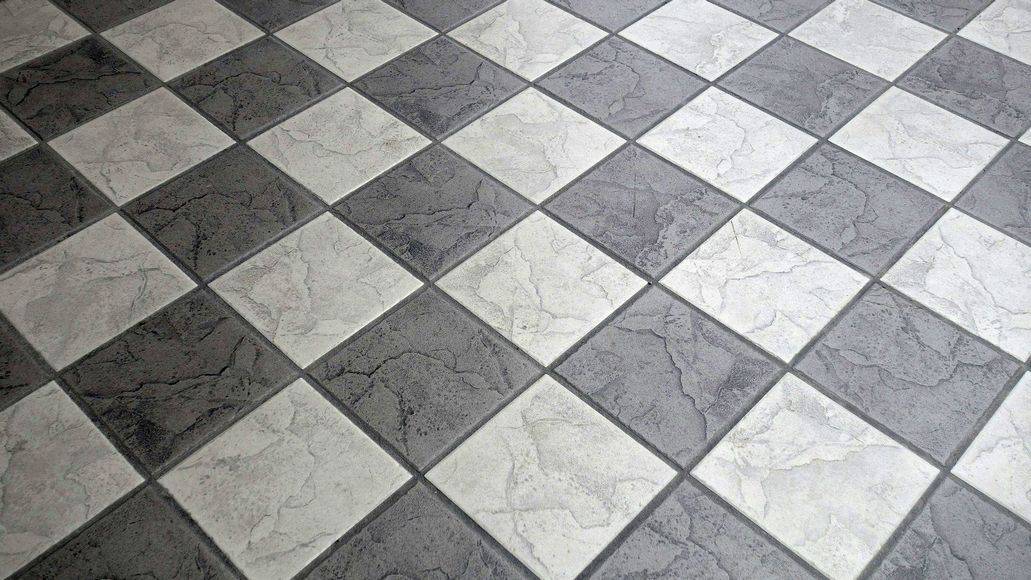
Carpet can be another item your chinchilla decides to chew. This can also cause issues with your chinchilla’s sensitive stomach or potentially cause choking.
Not to mention, when chinchilla proofing a room, you should also be striving to make your life easier.
Due to how often a chinchilla poops, it is a good idea to use a hard surface floor that makes sweeping up the poop, or even cleaning any pee off the floor, that much easier.
Keep Other Animals Away
You may find some people who have successfully allowed their other pets, like cats and dogs around their chinchilla. But it is not a good idea.
I personally do not allow my two dogs around my chinchilla at any time.
With how fragile a chinchilla is and how quickly they can become stressed, it is a bad idea and not worth the risk.
Make sure that when you are chinchilla proofing a room that you also ensure that other animals will not be present around your chinchilla when it is out for playtime.
Understand Hiding Spots, Holes And Furniture
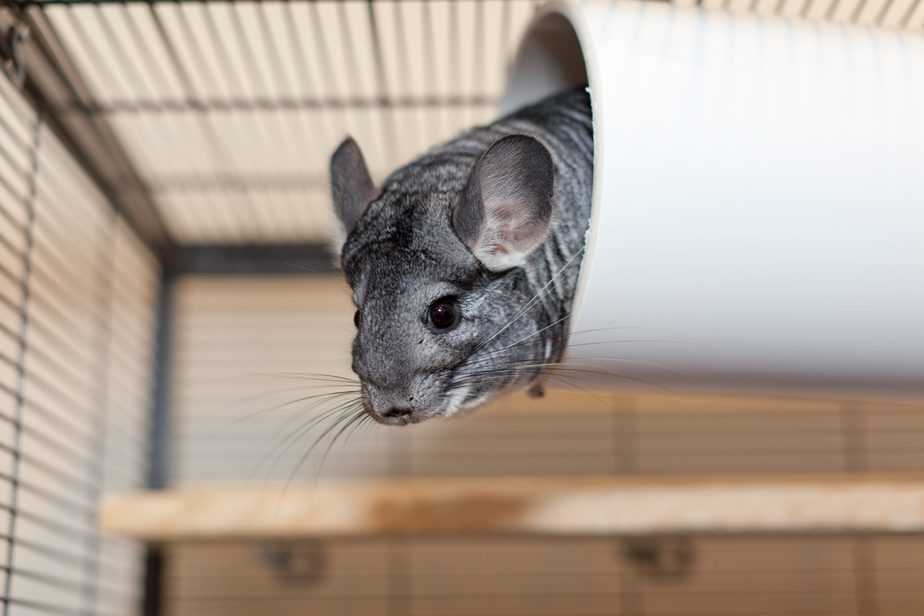
This is not necessarily part of the proofing process, but it is essential to understand. It is more of a research phase when chinchilla proofing.
At some point, you will take your eyes off your chinchilla for a moment and it will disappear. When that happens, you want to make sure you have a good understanding of where they might likely be hiding in the room.
Often this will be under furniture, behind furniture, or in a dark spot. It is entirely normal for a chinchilla to hide, especially early after the adoption.
If you know where they like to go when they get scared or when they are being stubborn about returning to their cage, your life will be much easier. You won’t have to spend hours searching for them to return them back to the cage.
Correct Room Temperature Is Vital
I touch on this in several posts on this site, but it is essential to discuss it her as well.
You always need to ensure that the temperature of the room you are proofing, and any room where your chinchilla spends time is kept at the correct temperature. If not, your pet could overheat or freeze.
You can read this here to understand the proper temperatures and humidity levels for chinchillas.
Remove All Household Cleaners Or Other Dangerous Items
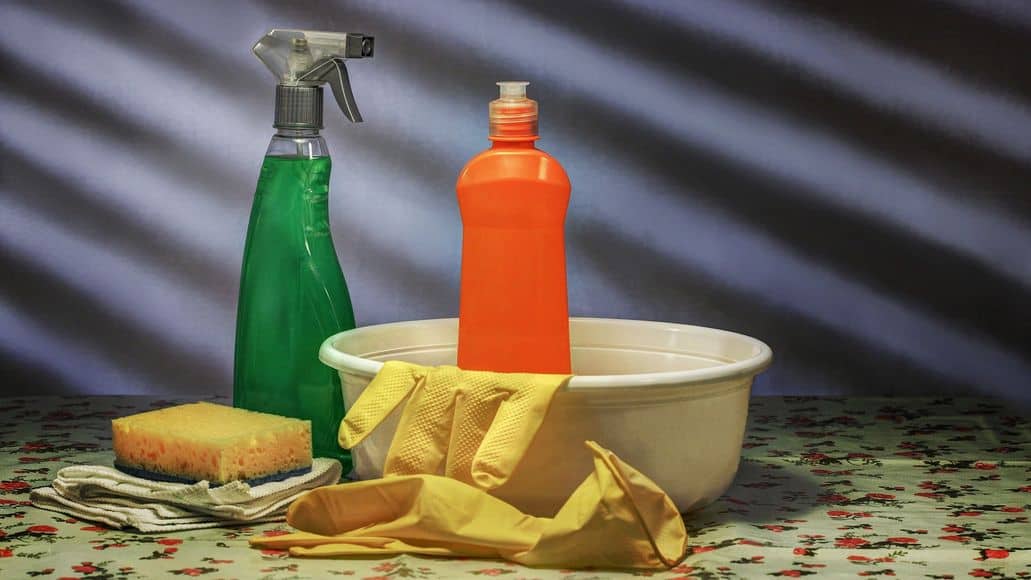
You need to keep household cleaners, plants, and other items that may contain chemicals away from your chinchilla. If they are out and about, they should never come into contact with these items.
During the chinchilla proofing process make sure to do a quick check around the room, to ensure no potentially dangerous remain.
Always Keep Chinchillas Indoors
I think most people are aware of this, but it is still worth mentioning. Chinchillas should never be outside.
The climate is not suitable. It is also likely that they will run off and you will not be able to find them or catch them.
Never allow your chinchilla to play outside. Period.
Consider A Playpen In Lieu Of Chinchilla Proofing
This is one of the best pieces of advice I can give you..
A playpen that is adequate in size is always an excellent investment for a chinchilla owner and makes the chinchilla proofing process extremely easy.
I personally used this pop-up animal play tent for a long time, before I finally chinchilla proofed a part of my basement. Even now, I still use it at times to interact with my chinchilla Chili.
It has been fantastic and has lasted me almost four years now. You can also read my post about the best chinchilla playpens here if you want to see some other great other options.
Playtime Does Not Mean You Should Skimp On The Cage
The last thing I want to mention before sending you on your way is that no matter how well you chinchilla proof a room and how often you play with a chinchilla, it should still never be a substitute for an excellent chinchilla cage that provides plenty of space.
You want to keep your chinchilla safe and happy, both when it is in the cage and out of the cage.
Chinchilla Proofing A Room: Final Thoughts
At the end of the day, learning how to chinchilla proof a room is not difficult and just requires a tiny bit of work before playing and interacting with your chinchilla for the first time.
Ensure you check all the boxes and chinchilla proof your room in the fashion we have discussed in this post today.
Chili and I wish you the best of luck with your chinchilla proofing process and your new chinchilla.
Share your thoughts.
What other methods could be used to chinchilla proof a room?
Do you have any further recommendations about how-to chinchilla proof a room?
Have you run into other issues not mentioned here, when your chinchilla was out of the cage?
Be sure to share those thoughts, stories, and concerns by dropping a comment below.
As always, Chili and I appreciate you stopping by and reading today, and we will see you again next time.


Debby says
We use our bathroom as our playroom with our chins. The only issue is when they chew the baseboards, otherwise it is totally safe. They love to hop up on the edge of the tub and in and out of it. We have a pretty large shower enclosed with a glass door and that is fantastic for more confined togetherness. If we are patient they will climb on our shoulders.
Josh says
I used a bathroom at the beginning too. It works well.